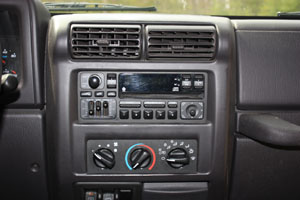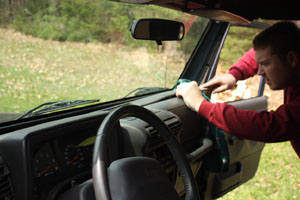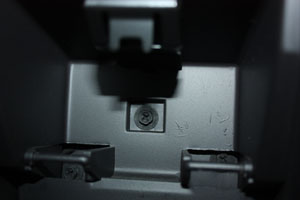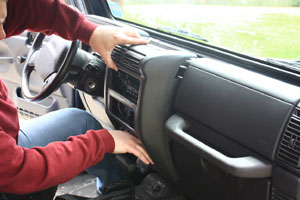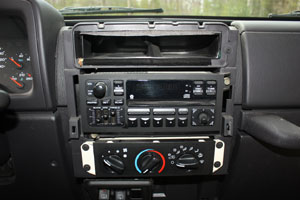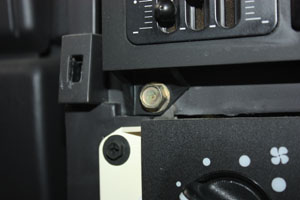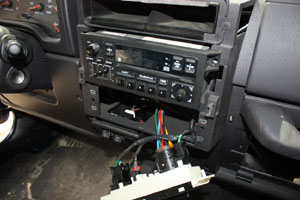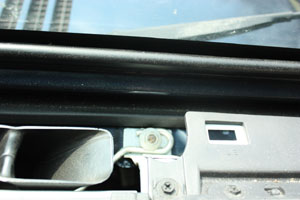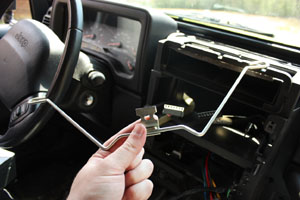I topped off the lawn mower’s gas tank, pushed it to the edge of the lawn, and then took a minute to admire what was left of the beautiful, yet hostile, dandelion invasion occupying a tract of land that used to pass for my lawn. “Sorry, fellas. But you’ve got to go.” I reached down and hit the primer bulb on the side of the engine. And then, holding my breath, I grabbed the handle on the starter rope and gave the thing a very enthusiastic tug.
THUNK!
The starter rope stopped short and sent pain shooting straight up my arm. And of course this was followed by a gratuitous, and perhaps somewhat humorous, tirade of cursing and jumping around. “What the #$*&! happened?” After I got over myself, I shyly gave the starter rope a few more tugs just to confirm what I already knew. Something was flubbed up.
I immediately checked the oil. When I was too young to really understand such things, my parents (and step-parent) ingrained into me the notion that oil was the key to all things motorized. Hear a weird knocking noise? Check the oil. Low on windshield wiper fluid? Check the oil. Flat tire? Check the oil. I believe the mantra was something along the lines of, “In the beginning man invented motor oil. After that, he invented the motor.” So I checked the oil. And it was low. But not THAT low.
I then tilted the mower up to look beneath it. “Perhaps something jammed the blade up,” I thought. Nope. That wasn’t it. But that’s when I noticed oil pouring out of the exhaust. “Hmmm…I don’t think that’s supposed to happen.” And then oil started seeping out of a couple of other places. It was bleeding everywhere! I removed the air filter and noticed there was oil mixed in with the gas inside the fuel intake as well. The prognosis didn’t look good. And It took me 15 minutes of tinkering with things before I finally admitted defeat and came inside to consult the interwebs.
Apparently what I had was a case of hydrolock. You mechanical types surely know what that is. But I’m not a mechanical type. So this was a completely new concept for me. Hydrolock occurs when a fluid enters the cylinder head. In my case, it was oil. But it can happen with water if you’re prone to driving your vehicle through creeks and such. Fluids don’t compress like a gas. So your piston can’t move in the direction that would ordinarily result in compression. And the piston can’t move in the other direction because of the vacuum that exists in the cylinder head. So it becomes stuck. And if this happens while things are in motion, it can lead to some very serious engine damage.
After I had wrapped my head around the problem, I went back outside and attempted to get things moving again. I disconnected and removed the spark plug. And then I tilted the mower up and let all of the oil drain out of the cylinder head. I replaced the spark plug, topped off the oil, and then changed the air filter because it was looking kind of rough. After that, the starter rope moved freely.
It took a little effort to get the mower to start. I’d prime it and start it only to watch it immediately die while I choked on a cloud of white smoke. But after some persistence and a lot more smoke, the mower finally stabilized. Once it could keep itself running, I let it idle for a while so that it could burn off any excess oil that was still hanging out in the cylinder head.
Eventually the mower seemed to behave normally and I managed to get the rest of the yard mowed. But I’m still puzzled as to how this whole thing happened to begin with. The scenario suggested by people smarter than me involves tipping or tilting the mower during storage. But the mower had been sitting on flat ground since I had used it the previous evening (without any issues, mind you). And I used it the following day without incident after having stored it the same way. So it’s a mystery to me. Maybe you mechanical types have some theories.

